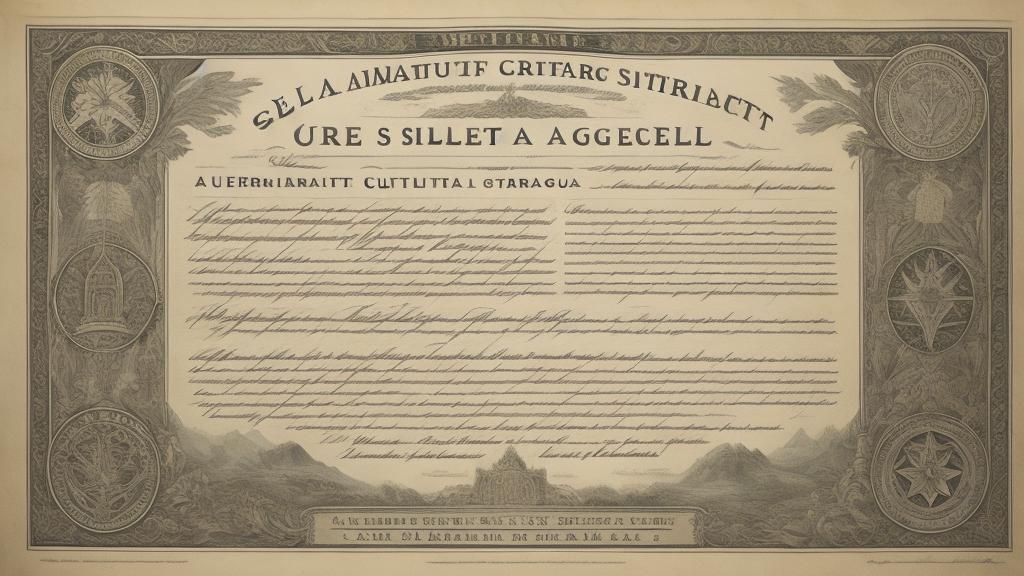In a world where cinema is often dominated by CGI spectacles, explosive soundtracks, and star-studded casts, a surprising trend is emerging: the revival of silent films. On the big and small screens alike, this seemingly archaic form of storytelling is gaining new traction, appealing to a diverse audience seeking something fresh amidst the noise of contemporary cinema.
Silent films, traditionally black-and-white and devoid of synchronized sound, hark back to the earliest days of the medium—when actors like Charlie Chaplin and Buster Keaton captivated audiences with their expressive pantomime. However, today’s filmmakers are finding innovative ways to adapt this classic format for the 21st century. Modern silent films are experimenting with vibrant color palettes, sophisticated visual effects, and innovative storytelling techniques that push the boundaries of what a silent film can be.
The resurgence seems partly fueled by the nostalgia wave sweeping through pop culture, but there's more to it than a simple yearning for the past. Filmmakers have begun to recognize the silent film's unique capacity to convey deep emotion and complex themes without the crutch of dialogue or soundtracks. In an era where global audiences are more connected yet more linguistically divided than ever, silent films offer a universal language.
Consider the international appeal—a film without dialogue transcends language barriers, making it more accessible to audiences worldwide. This universal approach is intriguing in an industry constantly striving for bigger global blockbusters while managing translation and culture-specific content issues. These films are proving to be highly effective in festivals across the globe, winning accolades and surprising box office numbers.
Moreover, the re-emergence of silent films is also creating opportunities for experimentation in visual storytelling, as filmmakers are challenged to engage their audience's senses beyond spoken or sung dialogue. They focus on a keen eye for detail, using visual cues to guide viewers through an intricate narrative landscape. This precision in craftsmanship is resonating in an age of high-speed information, where the image often speaks louder than words.
Critics and audiences alike are welcoming this return to film's roots. Today's silent films are benefiting from technological advancements, making them crisper and more visually stunning than ever before. Digital distribution has further fueled this revival, allowing filmmakers to reach niche audiences across multiple platforms.
Notable films contributing to this renaissance include "The Artist", a modern take that won the Academy Award for Best Picture, bringing silent films back into mainstream consciousness. Others, like "A Ghost Story", manage to blend silence with minimal sound to create a poignant viewing experience. The shift extends beyond traditional cinema settings; streaming platforms are curating collections and producing original silent content, recognizing the potential to redefine narrative cinema.
This trend reflects a broader cultural shift towards embracing subtler and more implicit forms of communication. It's a reminder of the power of visual arts and storytelling without borders, pushing creators and audiences to reconsider how stories are told and received. In essence, the silent film revival encourages a pure cinema experience, where every frame is a painting, and every movement a dance.
As we see this renaissance unfold, it suggests that silent cinema has a place in the modern entertainment landscape—blending artistic nostalgia with digital innovation. This burgeoning genre might just be cinema's answer to our increasingly interconnected yet divided world, and its continued evolution will undoubtedly captivate audiences long into the future.
Exploring the unexpected resurgence of silent films and their modern impact

